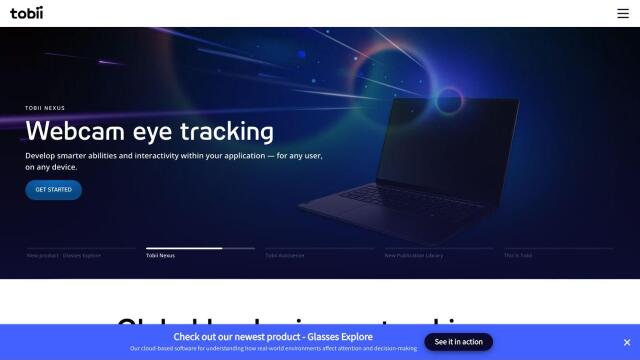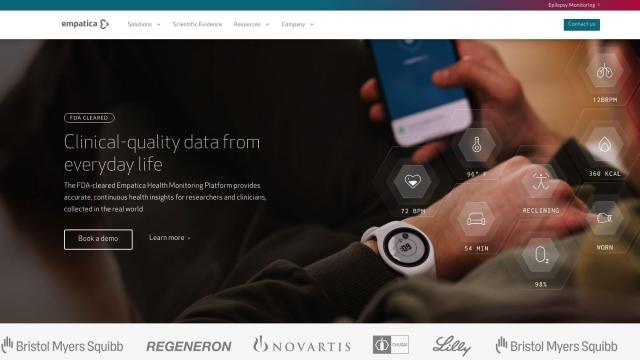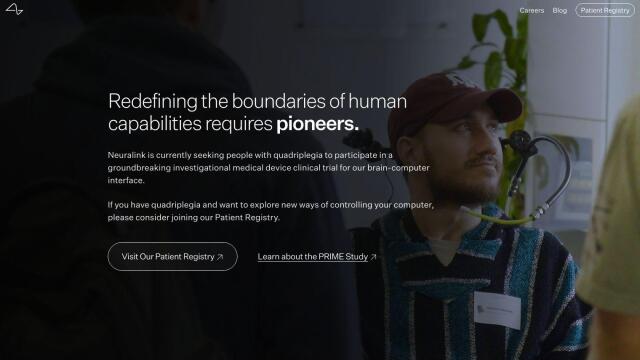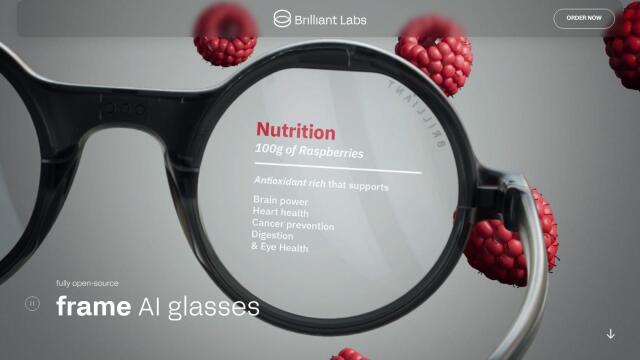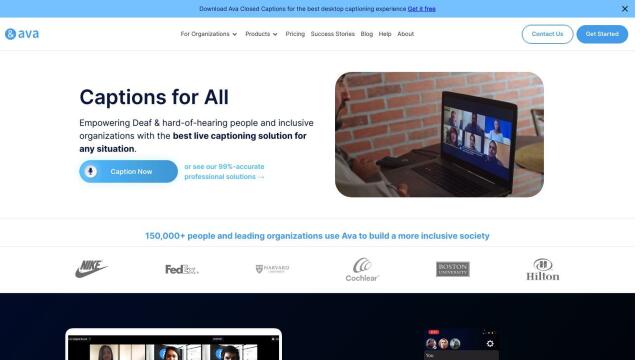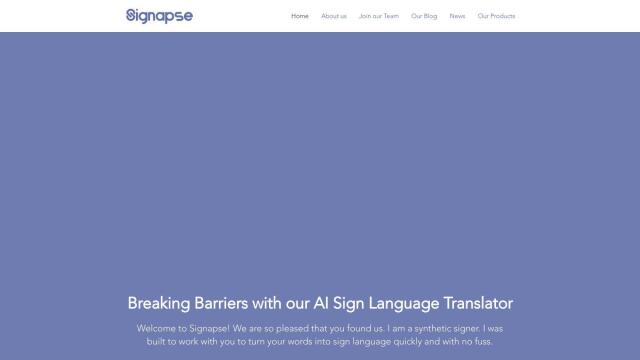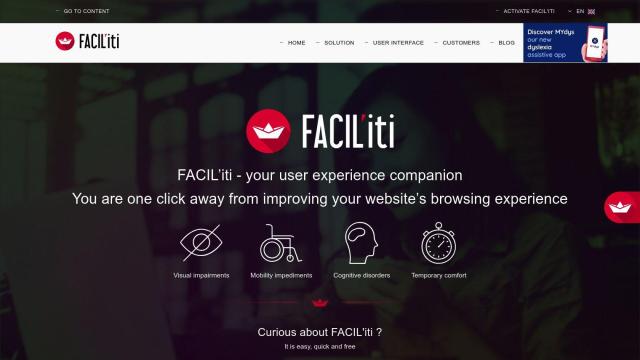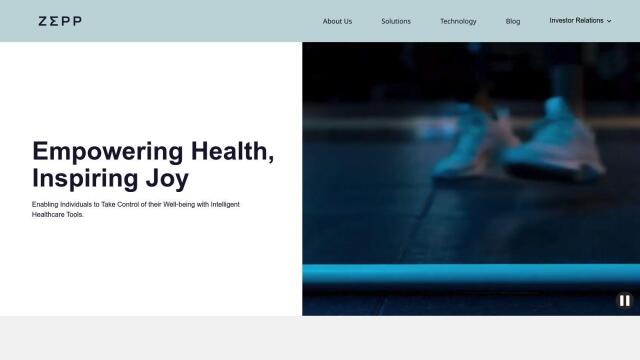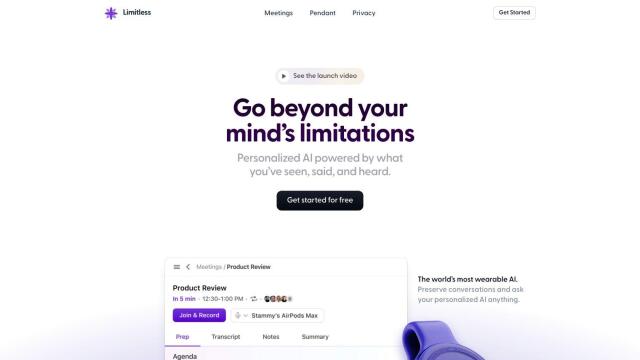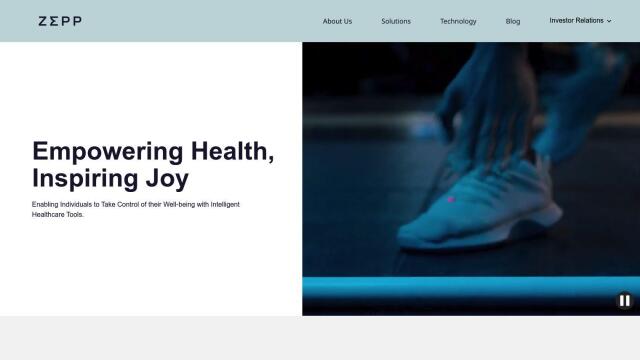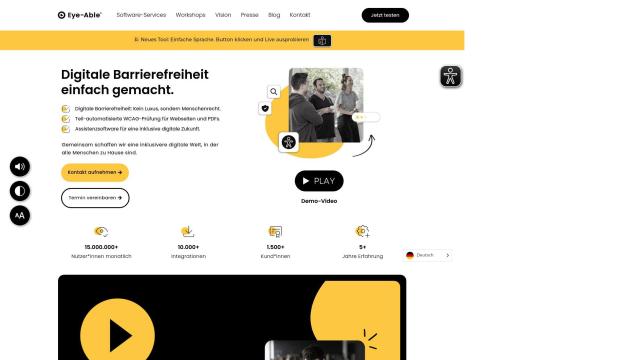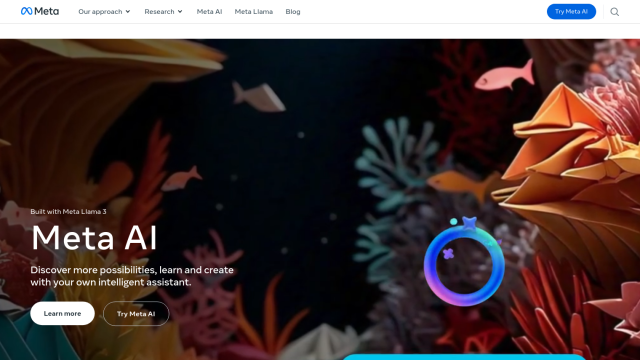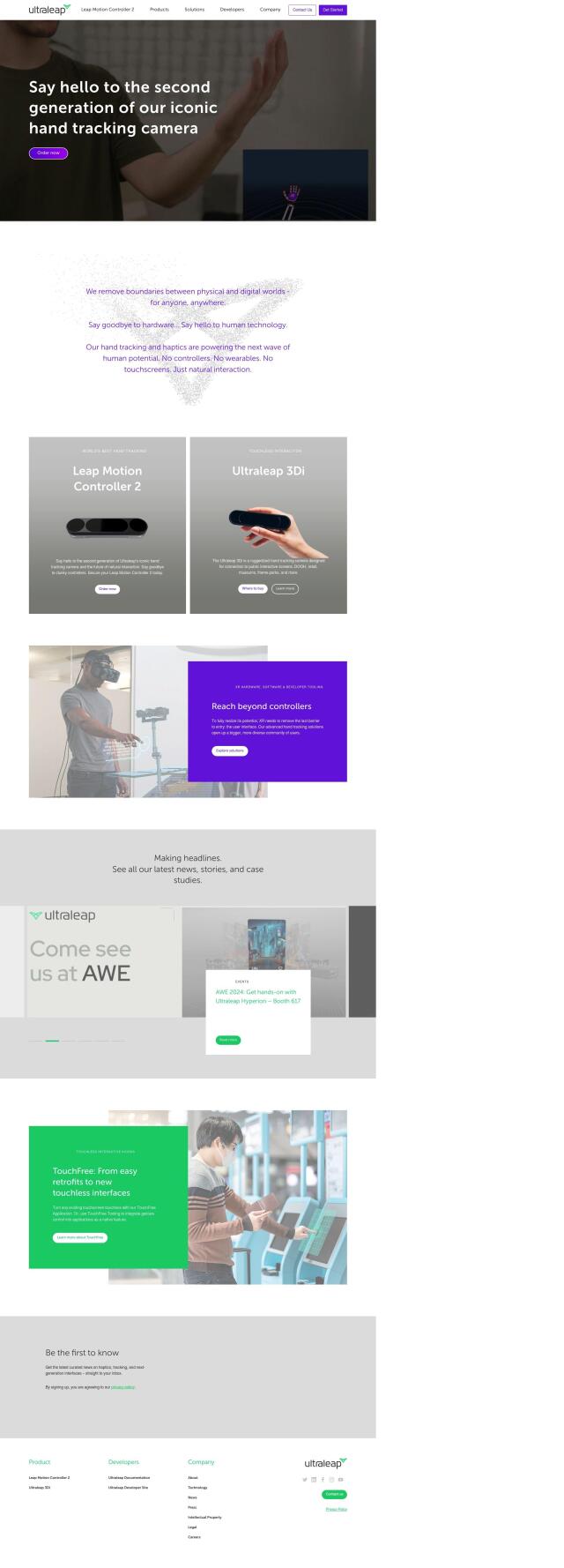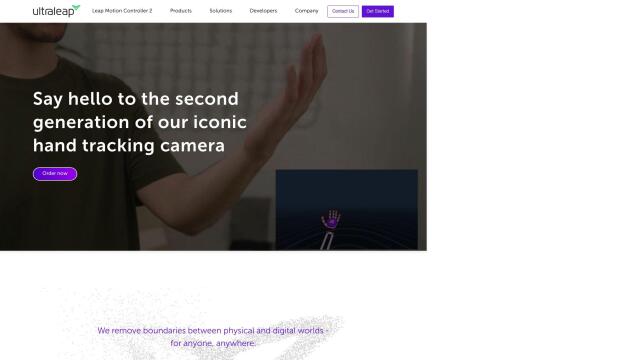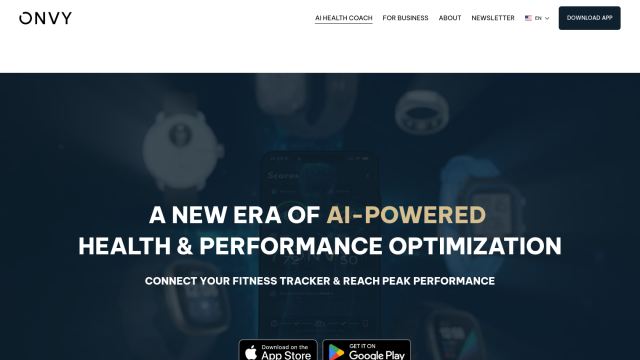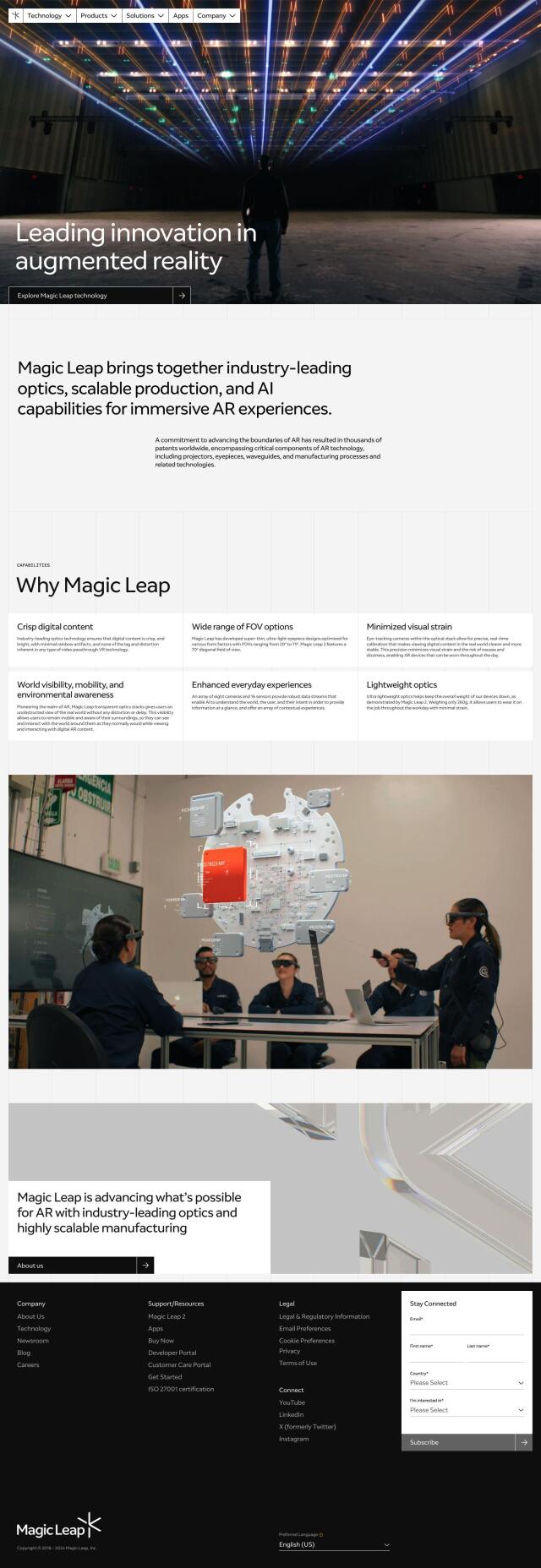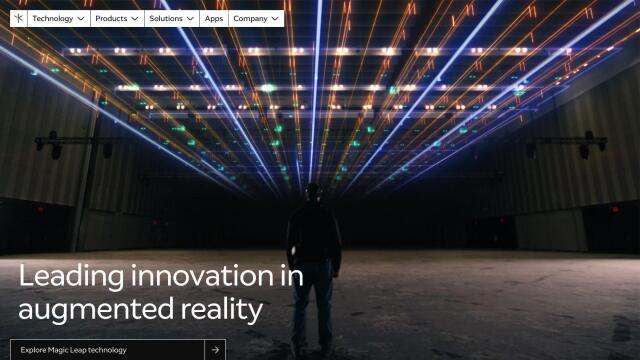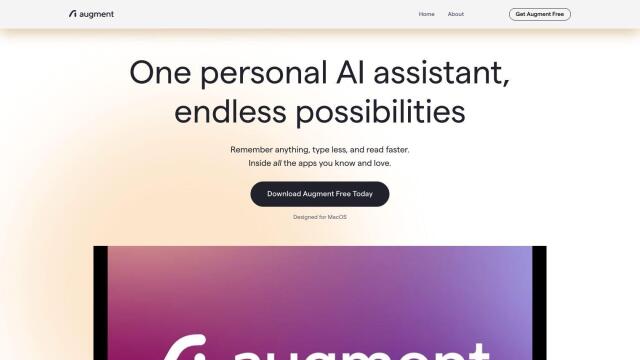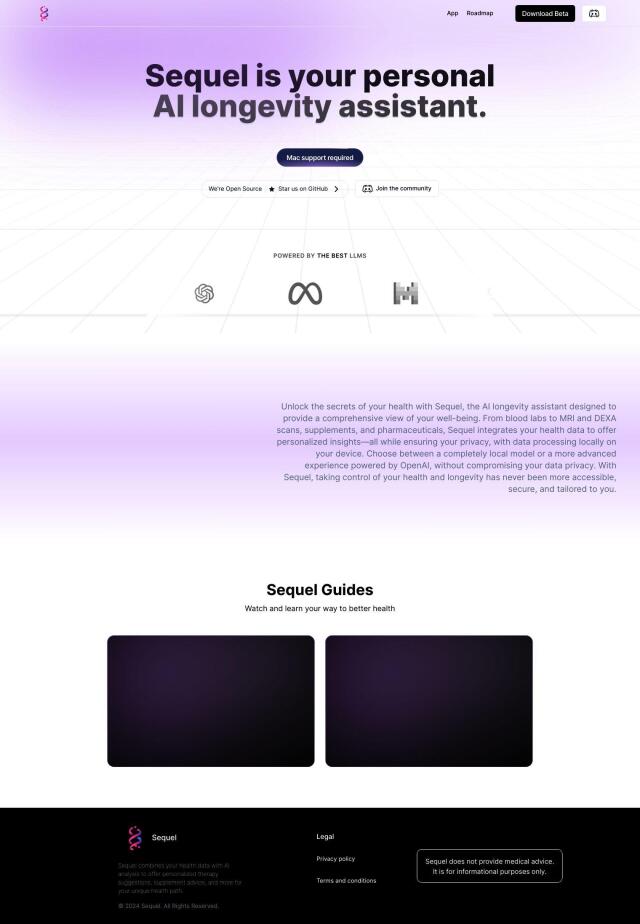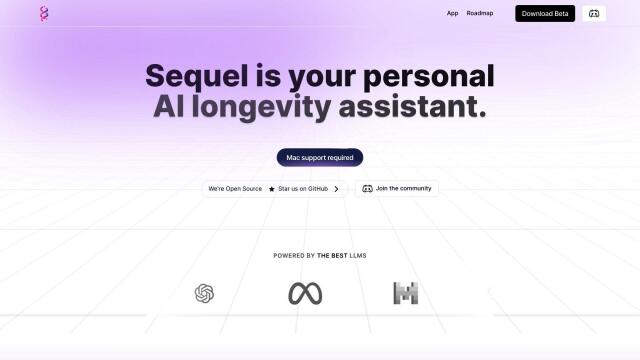Question: Can you recommend a wearable device that can assist with daily tasks for people with vision impairments?
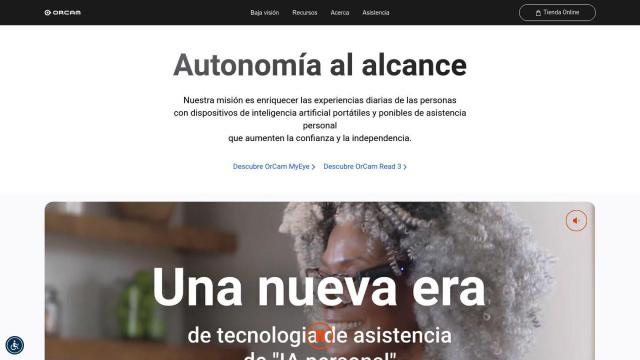
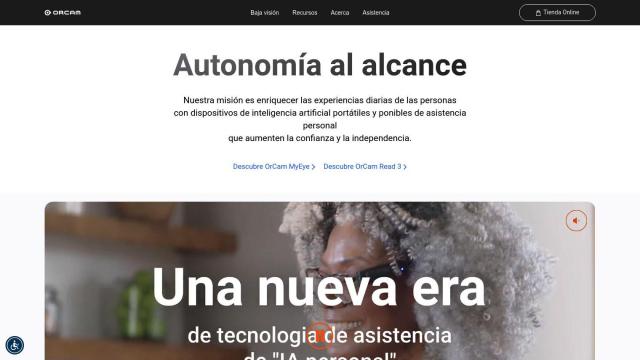
OrCam
If you're in the market for a wearable device to help with daily living for people with vision loss, OrCam has a variety of portable, AI-powered products. Its devices can read text and documents, identify colors and products, and even recognize faces in real time. Models like OrCam MyEye, OrCam Read 3 and OrCam Read can help people with vision loss regain independence and confidence. Flexible pricing and a 30-day return policy means you can try them risk-free.

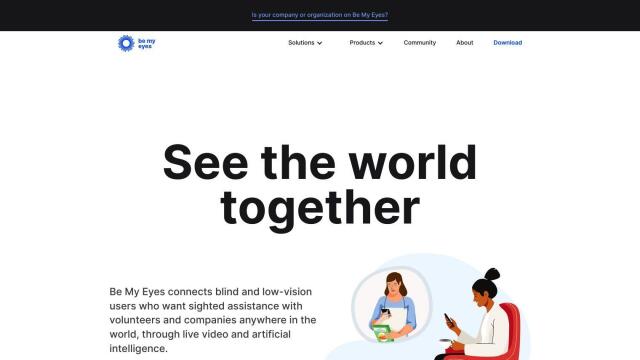
Be My Eyes
Another contender is Be My Eyes, which matches blind or low-vision people with sighted volunteers and businesses. The service uses live video and AI to offer immediate help, letting people request help with things like daily living. It can tap into Microsoft's AI to describe photos you take, and it has a service directory to help you find accessible customer service. It's a good way to get help with daily living.
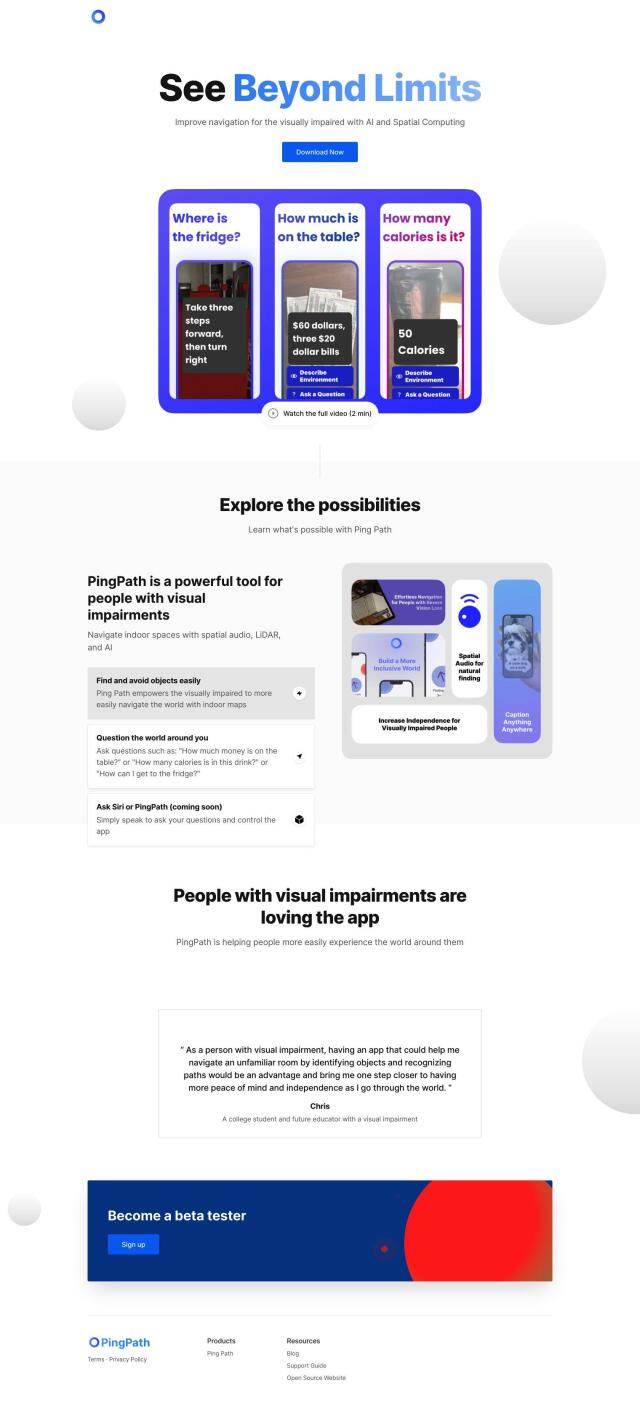
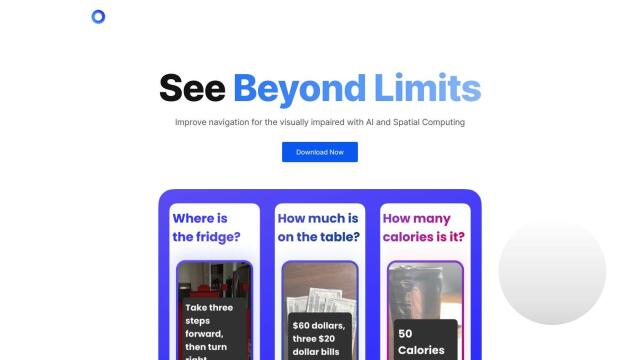
PingPath
If you're looking for more sophisticated navigation, PingPath uses spatial audio, LiDAR and AI to help people with vision loss navigate indoors. It can recognize objects and give voice prompts so people can navigate more confidently. Integration with Siri lets you use voice commands, too, for a more independent experience.

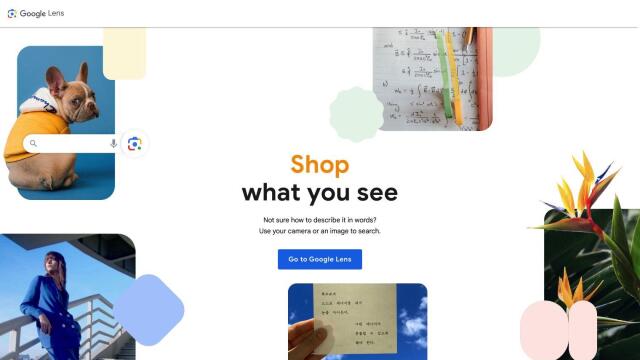
Google Lens
Last, Google Lens can be a helpful tool on your phone. This built-in feature in several Google apps uses your camera to perform visual searches, recognize text and identify objects. It works in multiple languages and recognizes text in real time, and it's good for all sorts of daily living and learning tasks.

